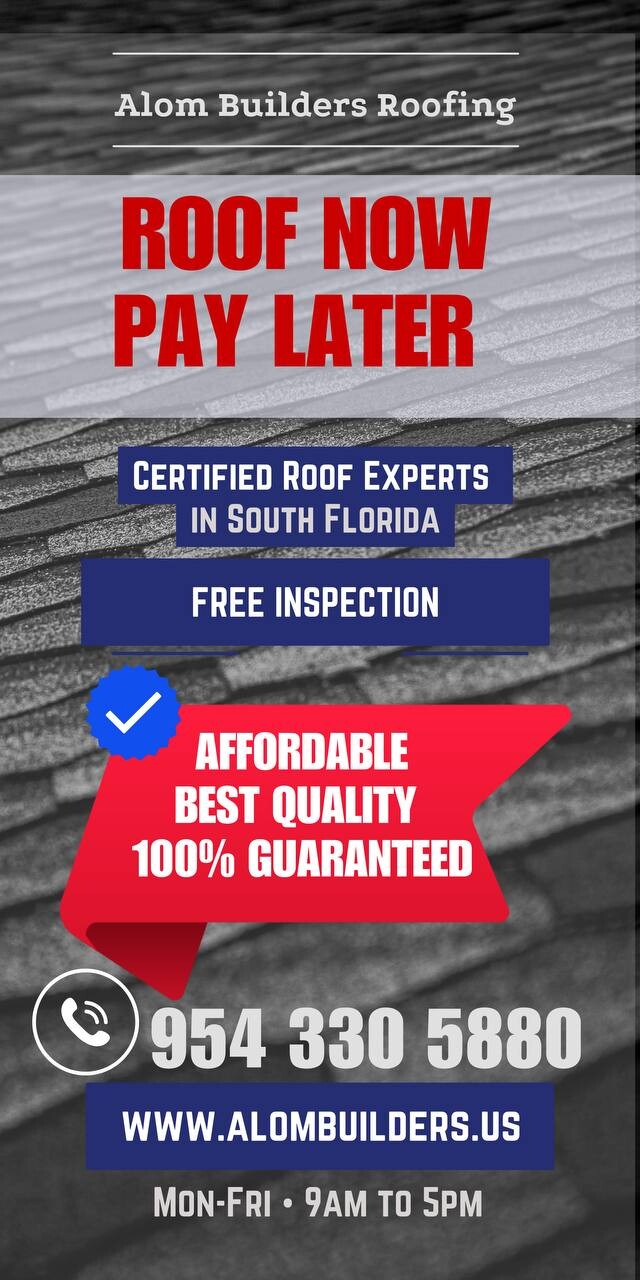[ad_1]
10 Signs You Need Roof Restoration: Don’t Wait Until It’s Too Late
Roof Restoration: The First Step to a Lasting Solution
When it comes to maintaining your home’s exterior, the roof is often the most neglected area. However, it’s crucial to pay attention to the condition of your roof as it’s one of the most critical components of your home’s infrastructure. Roof restoration is an essential process that can help extend the life of your roof, improve its performance, and even increase its value. But how do you know when it’s time for roof restoration? In this article, we’ll explore the 10 signs you need roof restoration to ensure your home is protected and secure.
Shingle Damage and Granule Loss
One of the most common signs of a damaged roof is the presence of shingle damage and granule loss. When shingles are exposed to the elements, they can begin to crack and crumble, causing granules to fall off. If you notice shingles that are curled, buckled, or missing granules, it’s likely time for roof restoration. Additionally, if you see moss, algae, or mildew growing on your roof, it’s a sign that your roof is harboring moisture, which can lead to further damage.
Leaks and Water Damage
Leaks and water damage are two of the most significant indicators that your roof needs restoration. When your roof is compromised, water can seep through and cause damage to your ceiling, walls, and flooring. If you notice water spots, staining, or discoloration on your walls or ceiling, it’s a sign that your roof is no longer waterproof. Furthermore, if you notice peeling or blistering paint, it’s likely due to the buildup of moisture from a leaky roof.
Animal Infestation
Uninvited guests can wreak havoc on your roof and lead to costly repairs. Squirrels, raccoons, and birds may see your roof as an easy target for shelter, and their nests and droppings can compromise the integrity of your roof. If you notice droppings, feathers, or twigs on your roof, it’s likely an animal has made itself at home. This can lead to damage to your shingles, ventilation, and even your chimney.
Age and Maintenance
Even if your roof doesn’t show any obvious signs of damage, it may still be due for restoration. Most roofs have a lifespan of 20-30 years, and neglecting regular maintenance can reduce their lifespan significantly. If your roof is nearing or has exceeded its lifespan, it’s essential to consider roof restoration to prevent costly repairs down the line.
Curled and Buckled Shingles
Curled and buckled shingles are a common sign of a worn-out roof. When shingles become damaged, they can start to curl and buckle, creating an ideal environment for water to seep in. If you notice curled or buckled shingles, it’s a sign that your roof needs restoration to prevent further damage.
Missing or Damaged Flashing
Flashing is a crucial component of your roof’s weather-tight seal. However, missing or damaged flashing can allow water to seep through and cause damage. If you notice rust stains, water spots, or gaps around vents, chimneys, or skylights, it’s a sign that your flashing needs repair or replacement.
Chimney Damage
A damaged chimney can lead to costly repairs and even safety hazards. If your chimney is cracked, corroded, or loose, it’s essential to have it repaired or restored as soon as possible. Failure to address chimney damage can lead to further damage, which can compromise the structural integrity of your roof.
Mold and Mildew Growth
Mold and mildew growth can indicate a range of issues with your roof, from water damage to poor ventilation. If you notice black spots or streaks on your roof, it’s likely due to mold or mildew growth. In some cases, mold and mildew can even seep into your home through cracks and crevices, leading to health hazards.
High Energy Bills
A damaged or compromised roof can lead to higher energy bills. When your roof is no longer performing as it should, it can cause your HVAC system to work harder, leading to increased energy consumption. If you notice your energy bills have increased, it may be due to a faulty or damaged roof.
Visual Inspection
A visual inspection is often the most telling sign that your roof needs restoration. Take a closer look at your roof, and pay attention to any signs of wear, tear, or damage. Look for missing shingles, curled or buckled shingles, granule loss, and flashing damage. If you notice any of these signs, it’s likely time for roof restoration.
Conclusion
Roof restoration is an essential process that can help extend the life of your roof, improve its performance, and even increase its value. By paying attention to the 10 signs mentioned above, you can ensure your roof is protected and secure. Remember, a well-maintained roof is a critical component of your home’s infrastructure, and neglecting its condition can lead to costly repairs down the line. If you’re unsure whether your roof needs restoration, it’s always best to consult a professional roofer who can assess the condition of your roof and recommend the necessary repairs or replacement.
[ad_2]
 +1 954-228-7485
+1 954-228-7485 